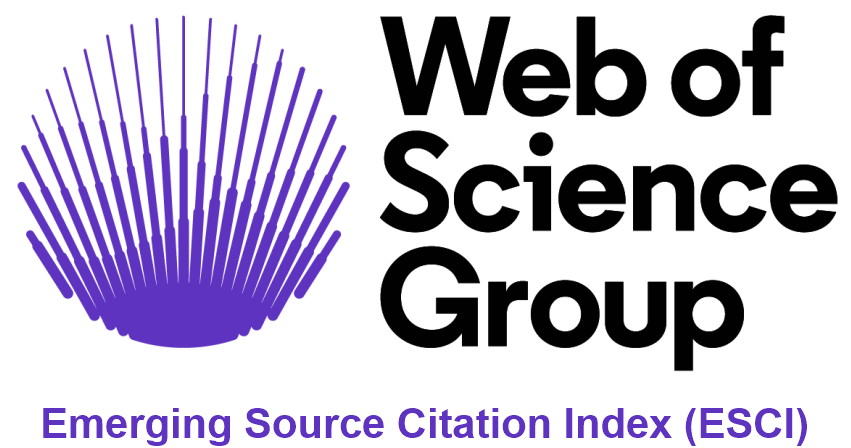Diversification index of the sugar agroindustry in México.
DOI:
https://doi.org/10.22231/asyd.v11i4.5Keywords:
productive diversification, PAJ sugar cane supply zoneAbstract
The objective of this study was to determine a diversification index of the sugar cane supply zones and of sugar factories in México, through the Analytic Hierarchy Process (AHP) multi-criteria methodology, in an environment of Geographic Information Systems. When incorporating technological and socioeconomic criteria or factors related to the material and energetic balance of the sugar and byproduct factories, and of productivity from the sugar cane fields, it was possible to determine through the resolution of the Saaty matrix, that the field yield and access to irrigation and credit, and the factory yield, number of goods produced and quality of the raw materials directly from the sugar factories and the sugarproducing municipalities determine 76 % and 78 % of the diversification capital of the sugar agroindustry, respectively.References
Achabou M. S. Tozanli. 2009. The institutional environment in
the strategic decision of the emerging companies: the case of
the Algerian sugar industry. Journal of Multi-Criteria Decision
Analysis Vol. 16. No. 5-6. pp: 139–148.
Aguilar-Rivera N., D. A. Rodríguez L., V. Enríquez R., A. Castillo
M. A. Herrera S. 2012. The Mexican Sugarcane Industry:
Overview, Constraints, Current Status and Long-Term
Trends. Sugar Tech. Vol. 14. No. 3. pp: 207–222.
Aguilar R. N., G. G. Mendoza, C. Contreras S., J. Fortanelli M.
A methodological approach to sugar mill diversification
and conversion. Ingeniería e Investigación. Vol. 32, No.
, pp. 23-27.
Aguilar R. N. 2012. Paradigma de la diversificación de la agroindustria azucarera de México. Convergencia Revista de ciencias sociales. Vol. 19. No. 59. pp: 187-213.
Downloads
Published
How to Cite
Issue
Section
License
Authors who publish in this journal accept the following conditions:
- The authors retain the copyright and transfer to the magazine the right of the first publication, with the work registered with the Creative Commons attribution license, which allows third parties to use what is published as long as they mention the authorship of the work and the first publication in this magazine.
- Authors may make other independent and additional contractual arrangements for non-exclusive distribution of the version of the article published in this journal (e.g., including it in an institutional repository or publishing it in a book) as long as they clearly indicate that the work It was first published in this magazine.
- Authors are permitted and encouraged to publish their work on the Internet (for example on institutional or personal pages) before and during the review and publication process, as it can lead to productive exchanges and greater and faster dissemination of the work. published (see The Effect of Open Access).













